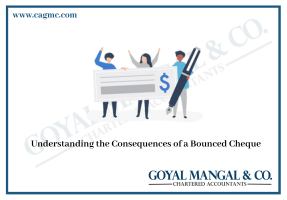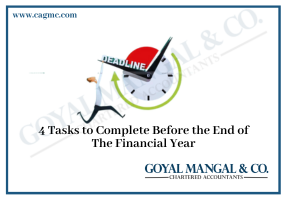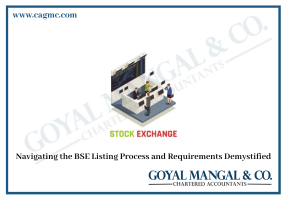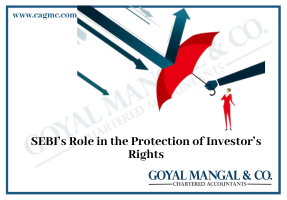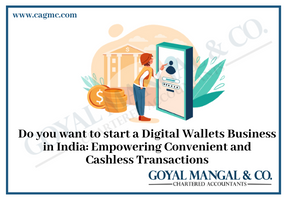
Convertible debt is a type of financial instrument that combines the features of debt and equity. It is a debt instrument that can be converted into equity at a later stage. In this article, we will provide a user-friendly guide on convertible debt, including its features, advantages, and disadvantages.
| Table of Content |
Meaning of Convertible Debt
So, what is Convertible Debt? Simply put, Convertible debt is an investor loan or debt option paid with firm equity or shares. Traditional investments usually include an immediate exchange of equity or stock at a known valuation, unlike convertible debt investments.
Convertible debt is a loan or debt option that is paid with firm equity or shares later. A larger round or revenue growth may establish a firmer valuation at this future period. Convertible debts are usually compensated with equity in a year or two.
Convertible Bond vs. Convertible Debt
Convertible bonds are fixed-income loans that can be exchanged into a predetermined amount of common stock or equity. Convertible debt and bonds differ in two ways.
- First, convertible bonds are normally converted at the bondholder’s choice, while convertible debt is usually monitored and determined by the lender.
- Convertible bonds offer interest that can be converted into equity or stock. Interest-free convertible debt is capital.
How Does Convertible Debt Work?
Many Start-ups cannot provide the extensive financial details a big creditor, bank, or lender would require providing money. Start-ups benefit from convertible debts.
- Convertible debt lets companies access early finance depending on future success.
- Convertible debt investors want to make money; therefore, they’ll assist the company succeed. Investors profit when a firm succeeds.
- Convertible debt cycles through loaning, cashing out, and investing.
- Convertible debt terms are specified at round start. A convertible loan may have a warrant, discount, or value limit when converted.
- Convertible debt can be discounted up to 25%. The investor can buy stock at a discount once the loan expires.
Features of Convertible Debt
Convertible debt is a type of fixed-income debt investment that can be converted into equity shares. Here are some major characteristics of convertible debt:
- It makes interest payments on fixed income.
- Conversion from bond to stock occurs at intervals during the bond’s life and is normally at the bondholder’s option.
- It protects investors’ principal on the downside while allowing them to share in the upside if the underlying firm succeeds.
- It can give some security to investors in the event of default.
- It usually includes a discount and a valuation cap.
- It pays interest like any other debt investment.
- It has an expiration date.
- If a company must be liquidated, holders of convertible debt have more rights than holders of stock. This means that if the company goes out of business, the people who own convertible debt will get paid before the people who own shares.
Benefits of Convertible Debt
Taking on convertible debt in your company can help you in several different ways. Convertible debt can be a great way to get money. Here are some of the best things about Convertible debt:
- Low Interest Rates: Bank loans and bonds have higher interest rates than convertible debt. The issuer can raise stock later by converting convertible debt into equity.
- Low Risk: No-interest convertible debt is low-risk. It works without credit history or bank funds. If the loan investment fails, it won’t harm your credit score.
Start-ups can save funds and extend their runway by taking on convertible debt upfront, making it an economical way to raise financing.
- Flexibility: Convertible debt gives issuers and investors flexibility. The issuer can convert debt into stock later to raise equity without diluting shareholders. The investor might convert debt into equity to benefit from corporate upside.
- Voting Power: Since convertible debt is more prevalent for pre-Series A companies, investors can invest a sum that will get them a board seat.
Investors value voting power and influence because they can direct their investments. Founders can raise larger seed rounds on convertible debt with the inducement of early voting power on the board.
- Tax benefits: Convertible debt gives issuers and investors tax benefits. Issuers can deduct convertible debt interest. Investors do not have to pay taxes on debt-to-equity conversions.
Drawback of Convertible Debt
Convertible Debt has a lot of good points, but it also has some bad ones. Make sure to think about all the drawbacks about changeable debt, like:
- Repayment Failure: If the convertible debt can’t be repaid with equity or stock, the lender may demand other repayment methods, which could lead to the loss of other business assets or even liquidation.
- Bankruptcy Risk: Repayment failure can result in a company’s Insolvency and bankruptcy. Convertible debt failure is a huge risk.
- Losing Company Control: A lender with convertible debt gets a board seat or voting power for certain decisions, but this can put the company at danger. The company that raised the convertible financing round may lose its original leadership as a result.
- Dilution: Convertible debt dilutes stockholders. New shares are issued when debt is converted into equity, diluting shareholders’ ownership.
- Complexity: Expertise is needed to understand convertible debt. This intricacy makes it hard for some investors to assess convertible debt’s risks and advantages.
- Low Returns: Equity investments outperform convertible debt. Because convertible debts fixed interest rate is lower than equity investment returns.
Takeaway
Even though convertible debt has some downsides, companies choose to use it because it is quick, easy, and efficient. Any chance to get large investments quickly without a long credit history. The benefits of bringing in experienced investors to help a business when it’s just starting out are great bets to consider when weighing the risks and rewards. The benefits of taking on this debt outweigh the risks.
